Monocarpic succulents – Why some succulents die after blooming?
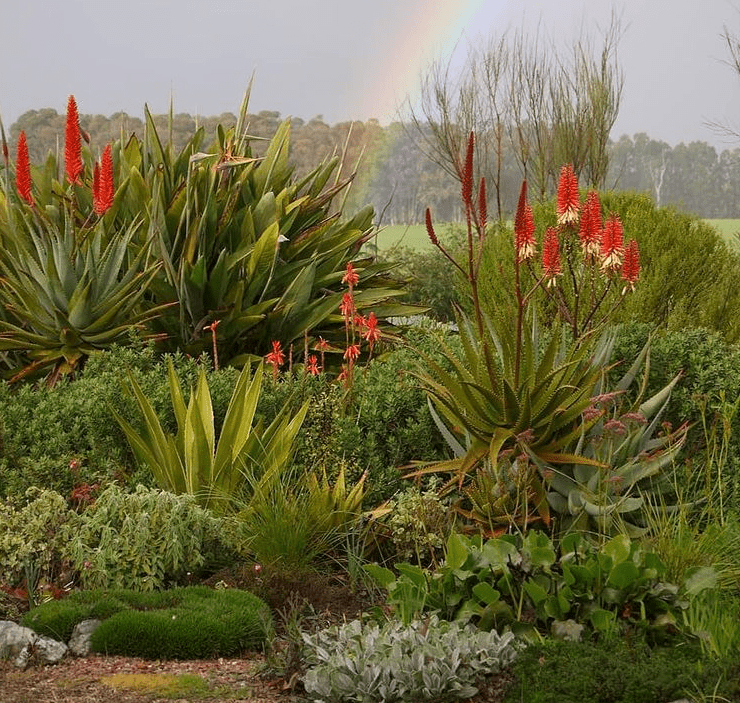
Your succulent is dying after blooming? It is totally natural if you have a monocarpic succulent. So, if you want to learn more about Monocarpic Succulents, how, why and when they can die and how you can keep your monocarpic succulent alive even after it blooms, keep reading this article.
What are monocarpic succulents?
The term monocarpic may sound weird, but it’s really not! What does it mean exactly? Mono means once, and caprice means fruit. Succulents, as well as many other species in different families, are monocarpic which means that they flower once and then die. And that is why people usually call it the bloom of death. In short, the monocarpic plant sacrifices itself to reproduce.
Why do succulents flower?
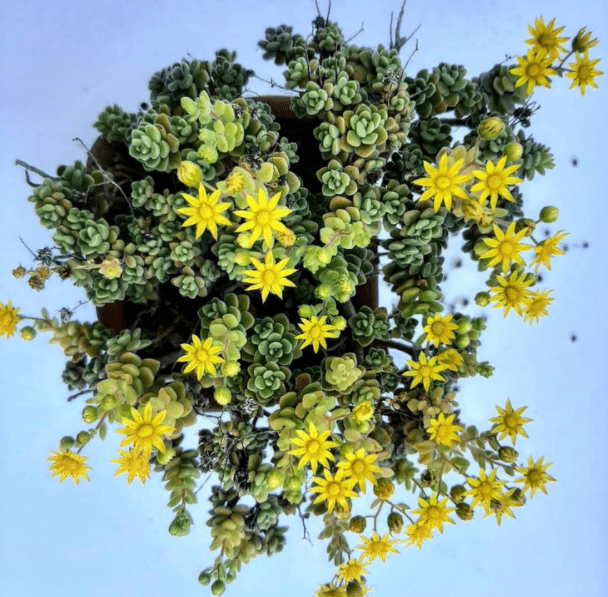
Flowers are the reproductive organs of plants, so the primary purpose of a flower is reproduction. These flowers usually have either showy colors or an attractive scent or both to increase the chances to be pollinated by bees, butterflies or other pollinators. When pollinated, flowers develop into fruits containing seeds. Obviously, these seeds will produce new plants and ensure the continuity of the species, monocarpic succulents in our case.
What after flowering?
Your succulent will stretch taller and the lower leaves start looking shabby because all of the energy is going to making flowers. That may make you sad to lose your beloved plant, but you have to be happy, I will tell you why. Fortunately, succulents are great producers, and your plant will produce plenty of pups or baby plants before dying. It will create enough plants to replace it instantly or later by seeds which start the process again.
How to grow a monocarpic succulent?
The mother plant must be well maintained. So, it will be healthy, stress-free and have enough energy to produce seeds and pups. Then, when the mother plant dies, plant the baby plants in the same soil or elsewhere in a suitable substrate. You can also sow the seeds in well-drained soil with regular watering.
What are the popular monocarpic succulents?
Here’s a list of the most common monocarpic succulents you might be familiar with:
1- Agave
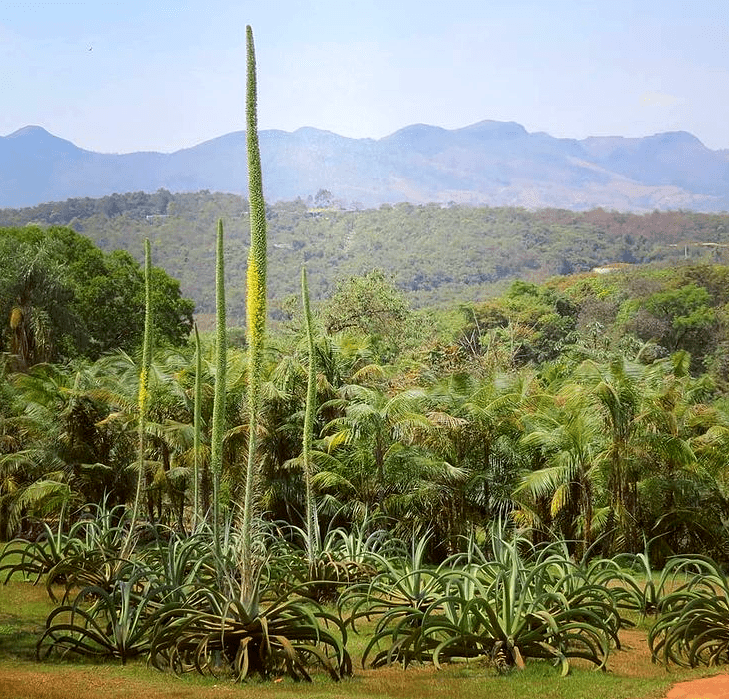
Agaves belong to the Agavaceae family. Some Agaves are monocarpic, others are not. The monocarpic ones can take up to 25 years before they bloom then die after giving birth to a long flower stem (they take months to die). Agave victoriana, Agave vilmoriniana and Agave gypsophila are the popular monocarpic Agave species.
2- Sempervivum
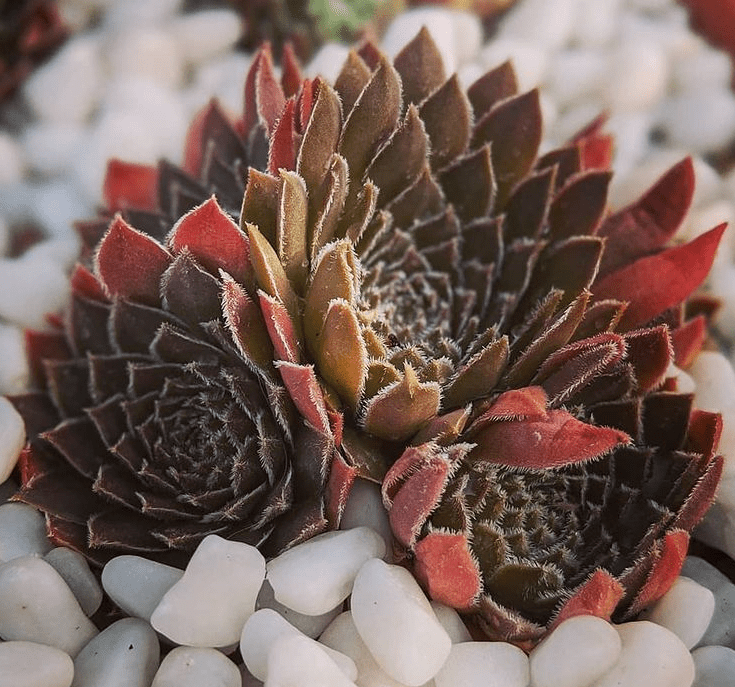
Sempervivums are perennial plants belonging to the Crassulaceae family. All Sempervivums, commonly known as Hens and Chicks, are monocarpic. Like Agaves, they also take a long time to flower, around 3 to 4 years. Then, before they die, they produce enough offsets to make up for any loss.
3- Kalanchoe
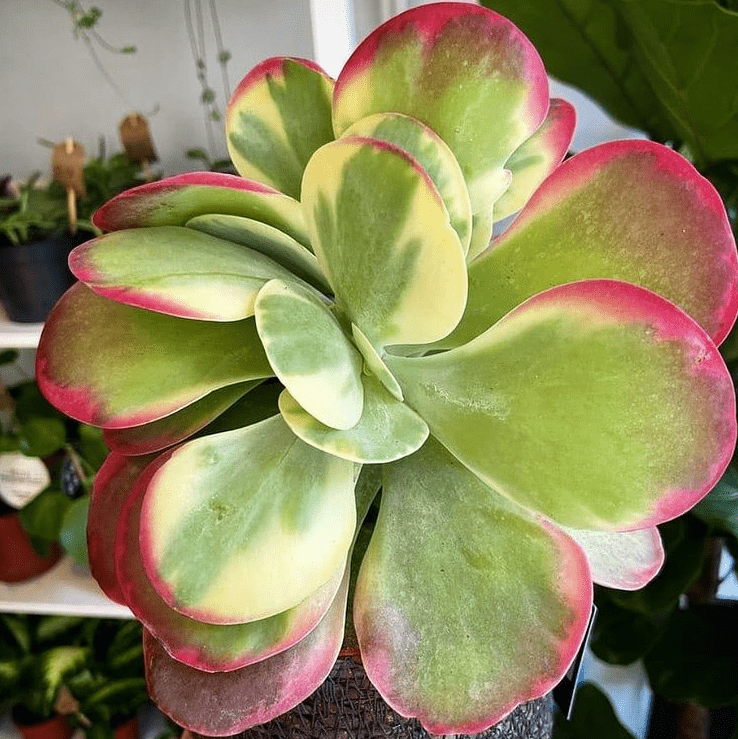
Kalanchoes are popular succulent houseplants belonging to the Crassulaceae family. Just some of them are monocarpic such as Kalanchoe luciae (Flapjack Plant) and Kalanchoe diagremontiana ‘Pink Butterflies’.
4- Aeonium
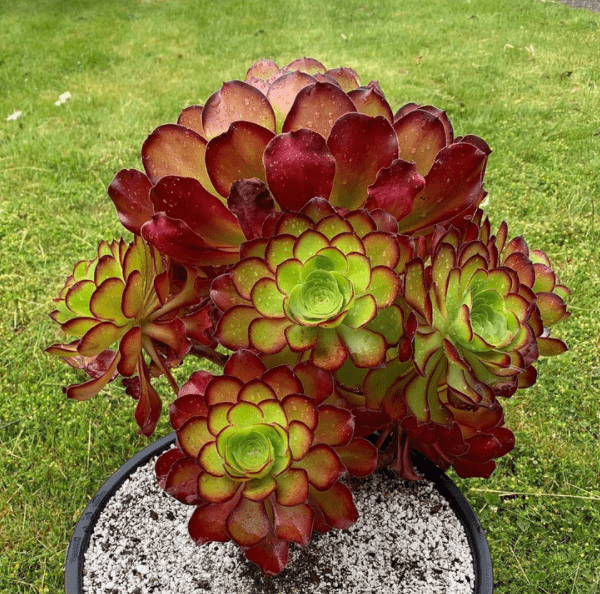
Not all aeoniums are monocarpic, but most of them are. Unlike most Aeoniums, Aeonium Arboreum ‘Electra (aka Purple Pinwheel Aeonium) is non-monocarpic and does not die after blooming.
There are other succulent plants that are monocarpic like Aichryson, Furcraea, Jovibarba, Orostachys, Peperomia and Sinocrassula.
Did you find this helpful? Share it with your friends!